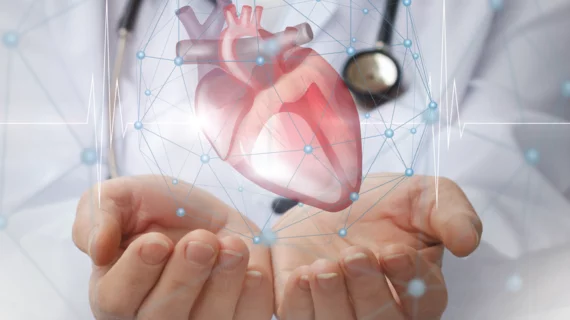Radiologists performing fewer myocardial perfusion imaging exams
A recent decline in myocardial perfusion imaging (MPI) utilization has been attributed to legislative efforts, decreasing reimbursement and consolidation, but is that truly the case?
Five researchers, led by Sarah I. Kamel, MD, of Thomas Jefferson University Hospital’s Center for Research on Utilization of Imaging Services in Philadelphia, studied more recent trends and published their findings in the Journal of the American College of Radiology.
“The objective of this study was to evaluate the most recent trends in the utilization of elective MPI among the Medicare population,” Kamel and colleagues wrote. “We wished to determine if the trends were reflective of recent reimbursement cuts and transition of place of service from private offices to hospital outpatient departments (HOPDs).”
The researchers analyzed current procedural terminology (CPT) codes for stress MPI—standard planar and single-photon emission CT (STD) and PET—taken from national Medicare Part B fee-for-service databases for 2004 to 2016. Rates were calculated per 1,000 Medicare beneficiaries and elective exams were found using place-of service codes for private offices and hospital outpatient departments (HOPDs).
Overall, elective STD MPI utilization peaked in 2006 numbering 74 studies/1,000 beneficiaries and declined by 36% by 2016. Additional results are below:
- Cardiologists performed more STD MPIs, growing from 79% to 87% between the study period, compared to radiologists or any other physician.
- From 2004 to 2016, radiologists’ use of STD MPI fell by 58%.
- Their utilization in private offices was low throughout the study period, landing at 0.8 per 1,000 beneficiaries by 2016. In comparison, cardiologists perform most studies in private offices, which peaked in 2008 until declining to 28 studies per 1,000 beneficiaries in 2016.
- In HOPDs, radiologists performed 10.8 exams per 1,000 beneficiaries in 2004, which declined to 4.8 exams by 2016.
- Cardiologists use of STD MPI in HOPDs increased from 2008 to 2016, jumping from 7.3 to 15.4 studies.
“This suggests that some of the private office utilization might have represented inappropriate or unnecessary self-referral,” the authors wrote. “Although it is promising to see a decline in performance of STD MPI in private offices, the recent rapid increase in use of PET MPI, a much more costly procedure, in cardiology offices is of some concern.”

